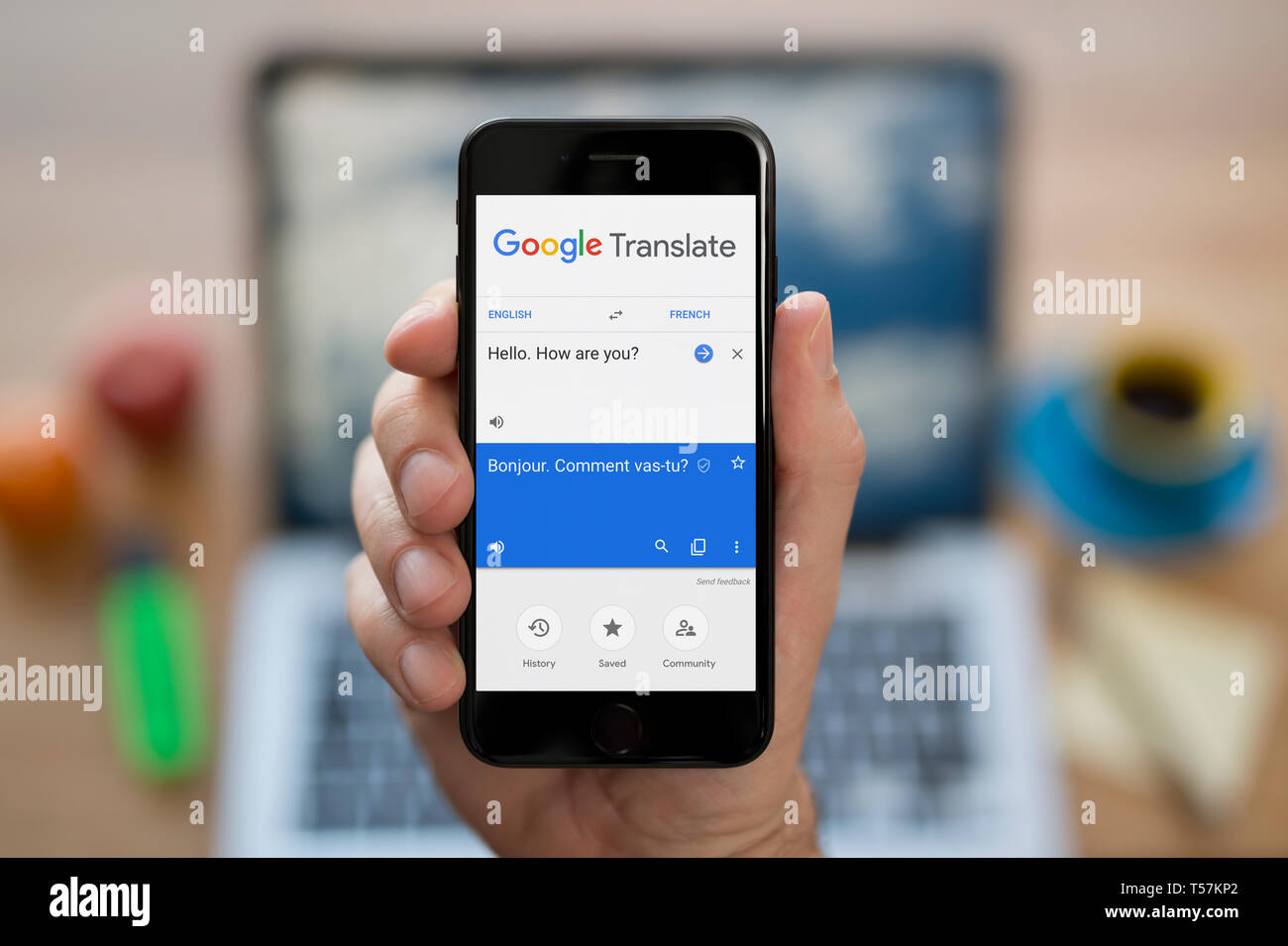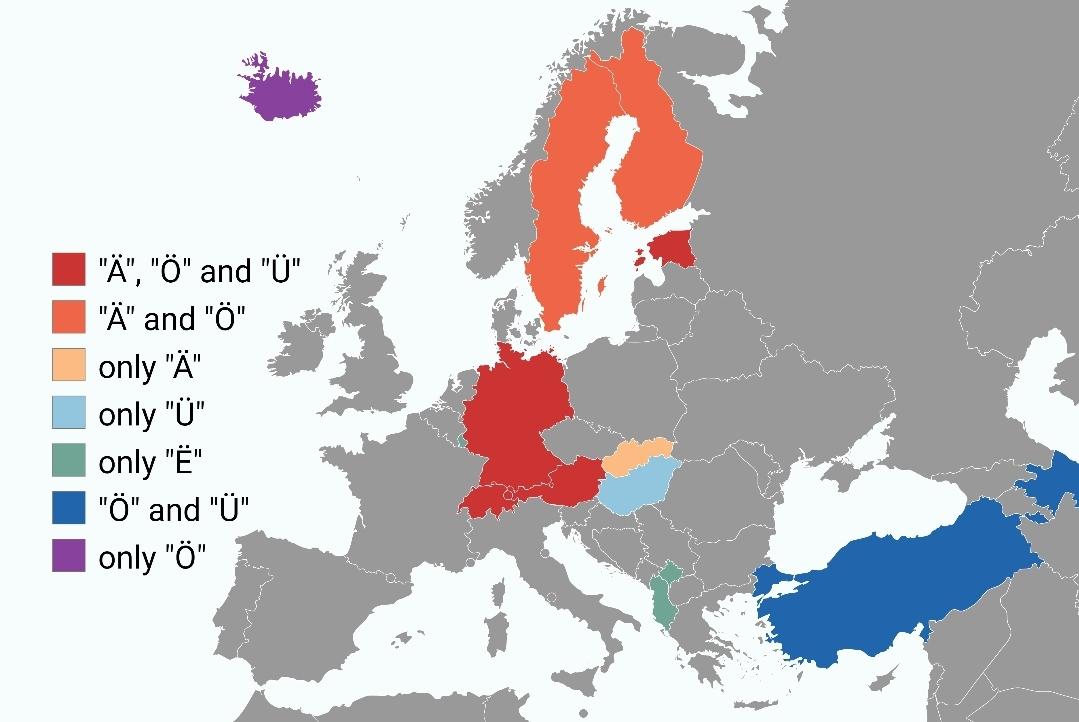
The Power of Language: How Google’s AI is Breaking Down Barriers
As I sat in a small café in Tokyo, struggling to order a simple cup of coffee in Japanese, I couldn’t help but think about the power of language. How it can bring people together, yet also create barriers that seem insurmountable. But what if I told you that those barriers are slowly being broken down, thanks to the power of artificial intelligence?
Google’s latest update to its Translate service is a prime example of this. By utilizing its Large Language Model (LLM), PaLM 2, the company has added an impressive 110 new languages to the platform. This includes languages such as Cantonese, Punjabi (Shahmukhi), and NKo, which are spoken by over 614 million people around the world.
 Google Translate on a smartphone
Google Translate on a smartphone
But what’s truly remarkable about this update is the way it’s been achieved. PaLM 2 is a key piece of the puzzle, allowing Translate to learn languages more efficiently and effectively. This is especially important for languages that are closely related to each other, such as Hindi and its many dialects.
“As technology advances, and as we continue to partner with expert linguists and native speakers, we’ll support even more language varieties and spelling conventions over time.” - Isaac Caswell, Senior Software Engineer, Google Translate
Google Translate logo
This update is just the latest in a long line of innovations from Google. Last year, the company announced its 1,000 Languages Initiative, which aims to create AI models that can support the 1,000 most common languages spoken globally. It’s an ambitious goal, but one that has the potential to revolutionize the way we communicate with each other.
 Map of the world with languages marked
Map of the world with languages marked
So what does this mean for us? Well, for one, it means that we’ll be able to communicate with people from all over the world, regardless of the language they speak. It means that we’ll be able to access information and knowledge that was previously inaccessible to us. And it means that we’ll be able to break down the barriers that have held us back for so long.
 Person holding a smartphone with Google Translate open
Person holding a smartphone with Google Translate open
Of course, there’s still a long way to go. Language is a complex and nuanced thing, and there will always be challenges to overcome. But with the power of AI on our side, I’m confident that we can overcome them.
Google Translate on a computer
So the next time you’re traveling abroad, or trying to communicate with someone who speaks a different language, remember the power of Google Translate. It’s not just a tool, it’s a key to unlocking a whole new world of possibilities.















